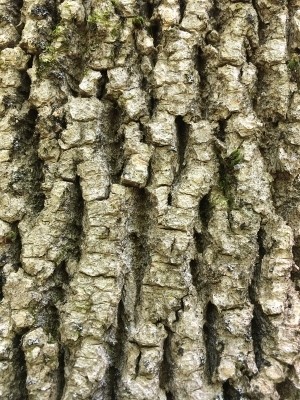I’ve been an editor here for 11 years, and one of the most challenging parts of the job is figuring out how to tell stories about scientific research. There’s a lot of good and interesting work that’s being conducted out there, which is good and interesting to know in a general-knowledge kind of way. The problem from a storytelling perspective is that the act of research isn’t particularly story-worthy – it’s the results that are interesting. Research that produces results that are ambiguous or predictable is only slightly better.
Based on what I’ve just written, it would seem that what we’re looking for is research that is finished, peer-reviewed, and the results contain surprising, newsworthy revelations. And yes, from a content perspective, that is the cream. The catch with running to press with stories based on these kinds of studies is that in the aggregate, the stories contribute to what might be called the scientific whiplash phenomenon, when a headline screams a proclamation based on one study (Drinking Alcohol Increases Risk of Heart Disease!), and is followed shortly thereafter by a different contradictory headline based on the next study (Drinking Wine Lowers Risk of Heart Disease!), and on and on. This isn’t science’s fault – it’s never claimed to be in the business of generating simple truths. We the people are the problem when we try to wield it that way.
With all this in mind, check out this paper, published in the Canadian Journal of Forest Research, which is creating buzz in forestry circles. Read it for yourself, but the surprising revelation is that the emerald ash borer might not kill 99 percent of all the white ash trees in the region, which has been widely predicted. The study was based in southeastern Michigan, which was one of the first places to get hit by the bug. Researchers inventoried stands in 2015 and found that while 92 percent of green ash was dead, nearly 75 percent of white ash was still alive despite a near 100 percent colonization rate. Time will tell what things look like there in another decade, but the take home, in the researchers’ own words, is that “some white ash populations may persist in post-invasion areas.”
Is this newsworthy? Absolutely. I have forwarded it to our Discoveries columnist Todd McLeish for future inclusion in the magazine. It’s so nice to learn about this sliver of hope.
And yet, rightly or wrongly, I’m hesitant to make too much of it. I worry about giving people false hope. (The 99 percent mortality rate statistic that this contradicts would have been based on a similar study in a different place, so which is the better crystal ball?). I worry about making people less vigilant about not moving firewood. There’s something optimistic to notice here, but at the end of the day, it simply proves what we should have known all along: that nature is complicated, that this insect infestation is unprecedented, and while we can and should make educated guesses about how it will manifest and how we’ll respond when it arrives, we won’t know the extent of what we’re dealing with until we’re dealing with it, and even then, it’ll take decades – strike that – it’ll take centuries, to truly grasp the whole picture.



Discussion *